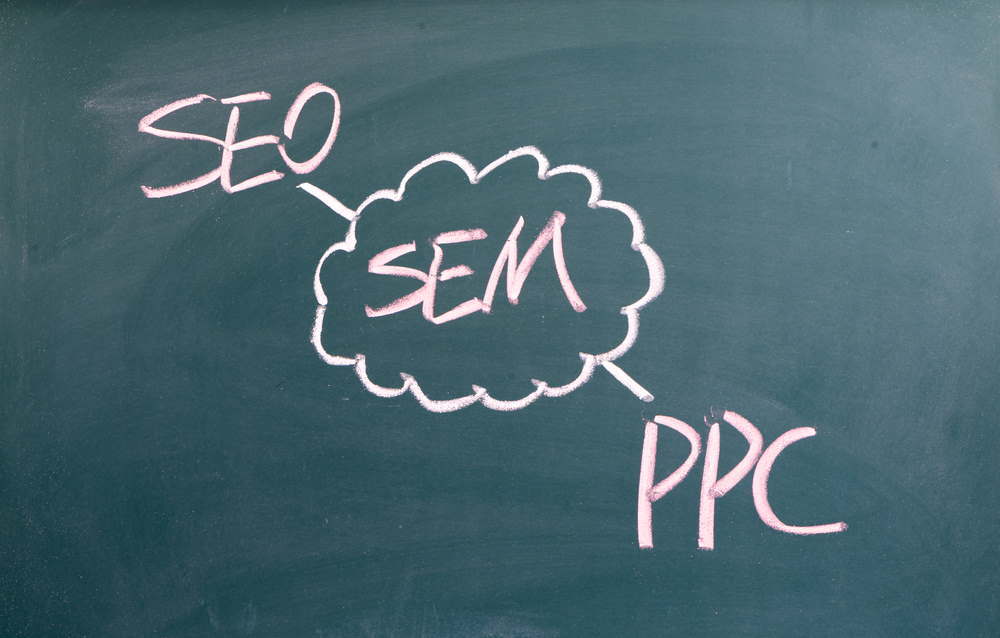Many businesses face a choice between putting money into choosing between SEO or PPC campaigns, although the most effective move might be to combine the two
Most businesses operate with a budget limit when it comes to marketing. One of the toughest decisions that business leaders make is deciding where to put their focus (and their dollars) when it comes to choosing between SEO and PPC.
Successful business decisions maximize the impact of every dollar invested. But it’s important when choosing between SEO and PPC to first understand the benefits both provide, as well as the limits in what they can do.
Business leaders also need to know they can combine the two into a strategy known as SEM (search engine marketing).
How to Develop Your PPC Strategy
SEO vs. PPC: The Differences
Both SEO (search engine optimization) and PPC (pay per click) strategies seek to drive more traffic to websites and convert more of those visitors into paying customers. The main differences come in price and approach.
What both accomplish is clear in the results of any search you try online. The top results are PPC click ads. Those positions are bad for by advertisers.
The “organic results” rank below the purchased ads. They are earned through the efforts of SEO, which strives to create relevant content for certain types of searches through the use of keywords, images and well-crafted content.
How to Find Expert SEO Services For Your Business
The Advantages of SEO
The immediate benefit is clear to any business person: the return on investment with SEO is high. The cost of creating content is far less than the cost of paying for ads (in most cases). SEO content is also forever – a good article that answers a searcher’s questions will continue to rank well years after it is first published.
With SEO, search engine bots will continue to crawl the content and rank it if it’s relevant. PPC ads go away the moment a business stops paying for it.
The Limits of SEO
While it sometimes happens, it typically takes time for SEO content to rank well. An SEO campaign requires the investment of many months and even years. Good content accumulates on a site over time, allowing a site to rank for many different keywords and phrases. There’s also no control over whether content will rank among the top two or three results for a certain keyword – that’s up to Google and other search engines to judge. Depending on the industry, businesses may also face a lot of competition.
The Advantages of PPC
PPC gets results quickly. By paying for top ad positions, it’s possible to start generating web traffic off of keywords starting the day they are purchased. PPC also gives businesses complete control over the product or service mentioned in the result. That includes specific keywords, ad copy, and the destination people arrive at when clicking on the ad (usually a landing page).
Businesses can also pinpoint when and where the ad appears in results and target specific keywords. PPC also allows businesses to quickly change strategies, including ad copy and imagery, if something does not work.
The Limits of PPC
Having the amount of control allowed with PPC costs money. Advertisers pay for every click on their ad, with the cost per click ranging from as little as $2 to as high as $200 or more. That can add up very quickly if your ad gets thousands of clicks every month (or, in some cases, weeks or days).
Combining the Two Options
In most cases, businesses can combine PPC and SEO efforts to produce the best results. For example, businesses can use the data collected from a PPC campaign to help focus SEO efforts on the most promising keywords or subjects.
PPC campaigns also can help you retarget past visitors to the site, giving insight into what types of content and key phrases attract the most viewers.
If used together, PPC typically focuses more on short-term goals while SEO campaigns are for the long-term, generating content that can draw in traffic for many years to come.
Having to choose between SEO and PPC is not as black-and-white as it seems. Combining the two can provide the best results. The bottom line is to consider both in detail, develop a plan that works for you and stick with it.










Leave A Comment